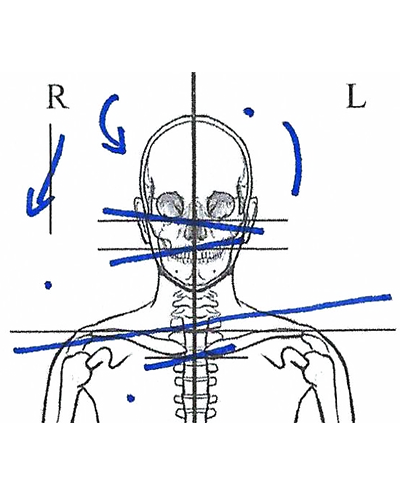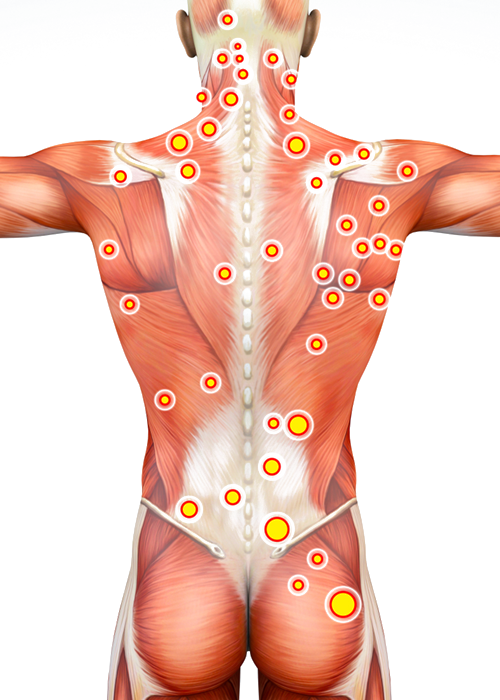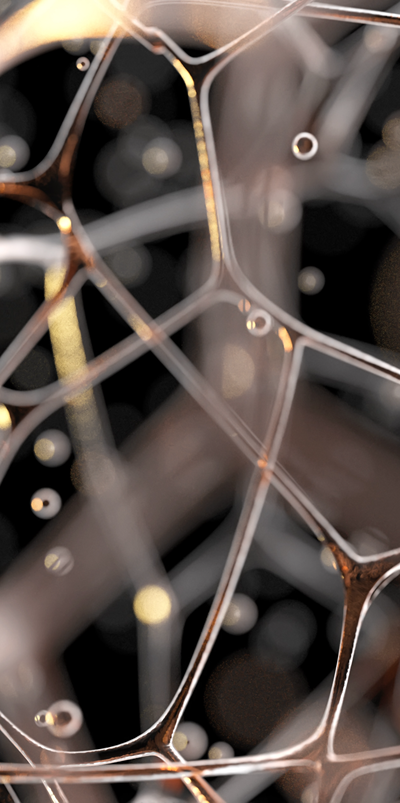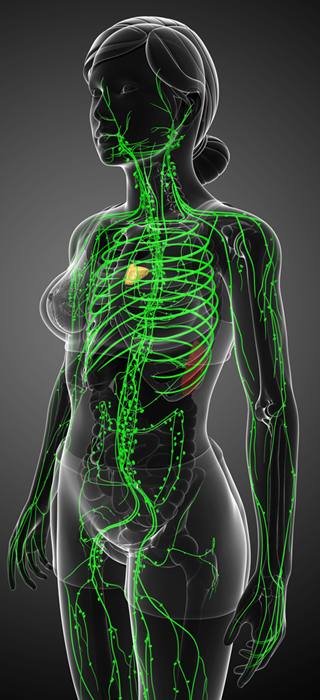What’s in my toolbox
If you’re interested in trying a specific treatment method listed below, please note that these are not services on a menu.
Think of them more like tools in my toolbox.
I’m trained and proficient in all the techniques featured below, and each has its own particular uses and benefits.
Like any technician, I use them at my discretion to address your specific needs.

Neurosomatic Therapy
I consider myself a Neurosomatic Therapist, first and foremost.
The Neurosomatic treatment philosophy evolved from the premise that the body’s structure affects its function, and vice versa.
Tight and restricted tissues can result in disease, stress, or injury, just as disease, stress, or injury can result in tight and restricted tissues.
NST consists of an advanced system of postural analysis, and a series of targeted massage techniques for nearly every muscle and organ in the body. I apply these techniques according to the findings of your individualized assessment.

Neurokinetic Therapy
Neurokinetic Therapy (NKT) Ⓡ is a manual muscle testing protocol that allows me to identify and correct dysfunctional neuromuscular motor patterns.
The motor control center in your cerebellum is responsible for coordinating all of the actions of your muscles. However, sometimes it can’t do its job properly due to faulty signaling from the muscles themselves.
By testing different muscles against one another, we can determine which ones are overworking, and which ones are underworking relative to one another. We then use targeted massage techniques to release the overworking muscles, and light isometric exercises to activate the underworking muscles. This helps to reprogram the motor control center in the brain.
Once we identify these patterns, I can then give you specific homework to help ingrain the new patterns. This will help ensure that your body mechanics stay healthy, and your pain stays gone.
I use NKT testing in conjunction with the findings from your postural assessment to pinpoint where your problem areas are, and identify where we should begin testing.
I find that NKT and NST work amazingly well together. It truly is a match made in heaven!


Trigger Point Therapy
When muscles are tight, overworked, and not receiving enough nutrients, they can develop little bands of contracted muscle fibers called trigger points.
These points can not only cause pain around the area of the trigger point itself, they can refer pain to other areas of the body as well.
Trigger point therapy is designed specifically to treat and release these bands of contracted tissue.
It’s a simple process: I compress the trigger point (brief, 10-12 seconds) with a firm, but not excessive, amount of pressure. This is usually all it takes for the muscle fibers to relax, and the pain and tension to dissipate.
Anytime I locate a trigger point in an overworking muscle during the course of treatment, I use this therapy.
It’s a simple, safe, and effective way to deal with many chronic pain issues.

Myofascial Release
This is a term that gets thrown around a lot and, as a result, is often confused with other techniques.
To understand what myofascial release actually is, we first have to understand what it means.
“Myo” means muscle, and “fascia” refers to the network of connective tissue that wraps and supports all of the structures of your body.
This amazing web of tissue supports and arranges your muscles, bones, nerves, lymph, blood vessels, and organs.
Sometimes, when you have an old injury, or you’re stressed, or you spend a lot of time in the same position, your fascia can contract and stick to the tissues around it.
That “sticking” affects everything that attaches to your fascia.
Myofascial release involves the gentle application of a shearing force (think peeling off a sticker) that gradually separates layers of fascia from the surrounding tissues.
As I assess and treat you, I look for areas where the skin does not slide well over the tissues beneath it. Usually, this is an excellent sign that you are in desperate need of some myofascial release!

Deep Tissue Massage
As the name suggests, this massage style treats the deepest layers of muscle and soft tissue.
Many people assume that it consists simply of using very firm pressure to treat all the way down to the “tight spots.”
While this may feel like it “hurts so good” during treatment and may even provide a bit of short-term relief, in my experience this type of aggressive treatment is ineffective in the long term.
I don’t believe in simply bullying your tissues into submission.
When I use deep tissue techniques, I ensure that I have first loosened up all your “superficial” layers of tissue before applying them.
This is essential because the firm pressure required for effective deep tissue treatment is often too much for the tissues on top. So, those top layers try to protect themselves by contracting – or going into spasm – thereby creating additional problems.
The best way to prevent this is to work in layers. Usually, I will use lighter techniques, such as lymph drainage and myofascial release, before applying deep tissue techniques.

Lymphatic Drainage Massage
Properly addressing lymph is crucial for addressing your body’s pain and dysfunction.
Think of your lymphatic system like a sewage system for your blood.
Its job is to clean and filter your blood by removing any waste products and harmful pathogens that may be floating around.
It filters plasma through the endothelial cells of your blood vessel walls and into the lymphatic system. Once this soup exits your blood vessels, it becomes lymph.
Your lymphatic system – containing an army of cells called lymphocytes, that target and destroy any viruses and bacteria filtered from the blood – is a crucial component of your overall immune system.
If your lymph isn’t moving and draining well, then your body suffers – particularly in the places where lymph is backing up the most.
Lymphatic drainage involves applying a very light massage designed to open up the lymphatic ducts and get the lymph circulating properly again.
Since these ducts are primarily located close to the surface of the skin, only very light strokes are required to open them and get the fluid moving. Any more than 9 oz of pressure per square inch can compress and pinch off the ducts – thereby making things worse.
In very tender and tight areas of the body, I often begin with lymph drainage techniques to ensure that the lymph is moving well before treating the deeper layers of tissue.

